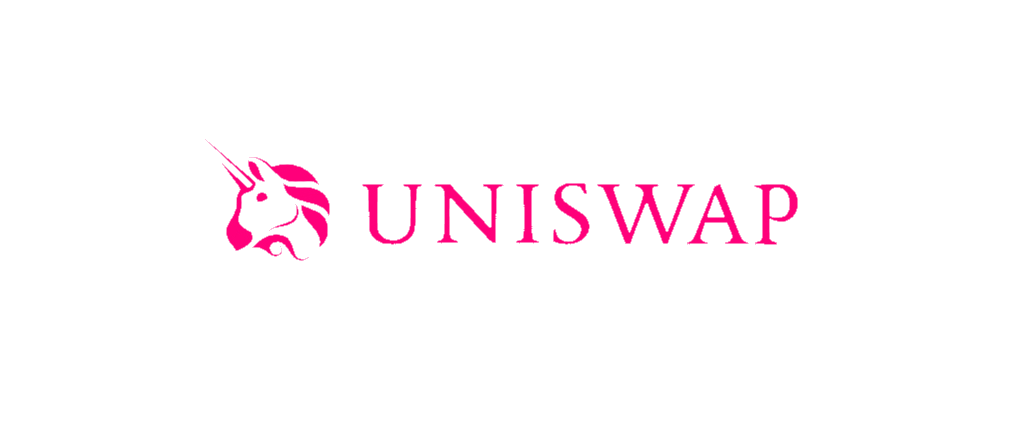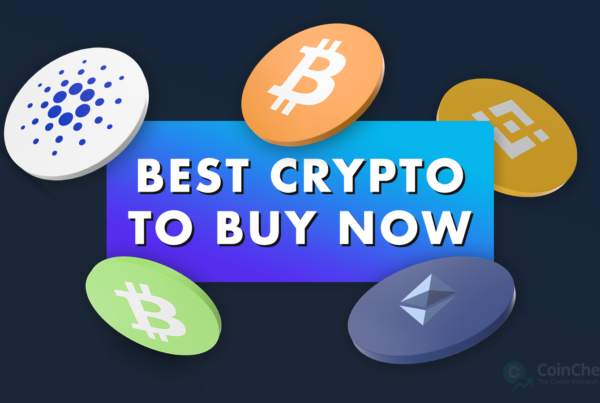The cryptocurrency markets have been recovering from last weekend’s dip throughout Week 17. The total cryptocurrency market capitalization, which currently stands at above $2.25 trillion, rose by more than 20% in the last week and continues to climb higher. In this article we list two coins and one token that are believed to see continued growth throughout this week as well. As usually, the reasoning for such claims can be found in the projects’ continued development, important announcements, deployment of new features or other events positively influencing the market sentiment.

1. Ethereum (ETH)
Ethereum is an open-source distributed blockchain that pioneered smart contract functionality. It operates as a decentralized virtual machine which can execute scripts. The smart contracts operate in a fast, immutable and trust less manner, while the speeds and capabilities of the Ethereum blockchain are going to further increase when Ethereum 2.0 is fully launched. Ethereum’s native asset Ether (ETH) is currently the second-largest cryptocurrency by market capitalization. Although it can also be used as a currency for transactions between different nodes, it is more commonly used to execute smart contracts. The Ethereum blockchain also hosts a number of ERC20 tokens with different utilities – these include Exchange tokens (BNB, OKB, HT, UNI), DeFi tokens (LINK, MKR, COMP, SNX, ZRX…) and several stablecoins such as USDC, DAI, TUSD, and USDT.
ETH sets new ATHs – It is only a Matter of Time before it Breaks $3,000
The very bullish sentiment that is currently present among Ethereum investors is likely a reflection of a successful competition of the Berlin hard fork and also expectation of the London upgrade, a more controversial hard fork that is going to implement changes to how Ethereum fees are calculated. Because of the recent launch of Polygon Layer 2 solution, Ethereum mainnet is less congested and transaction fees are already significantly lower already before the implementation of EIP 1559. Furthermore, Ethereum developers launcehed the first Ethereum 2.0 testnet on May 1. The testnet environment called “Steklo” (Slavic word for glass), which is available on three Ethereum 1.0 clients (Besu, Geth and Nethermind) and four Ethereum 2.0 clients (Teku, Prysm, Lighthouse and Nimbus) marks a very important milestone in the migration to Ethereum 2.0.
All these factors combined resulted in the fact that Ethereum is currently outperforming Bitcoin. ETH, which is up by almost 30% in past 7 days is currently trading just below $3,000, so the surge past this resistance level seems inevitable. In addition, ETH recently breached through an important resistance level versus Bitcoin and is currently still trading for more than 0.05 BTC per ETH. Additionally, Ethereum 2.0 staking has hit another round milestone. According to data provided by CryptoQuant, more than 4 million ETH coins, worth over $11 billion in total, have been staked on Ethereum 2.0. Furthermore, institutional interest for the world’s second largest cryptocurrency is also on the rise. Despite ETH’s amazing climb, former hedge fund manager turned entrepreneur and crypto veteran Raoul Pal sees it even higher:

2. Tezos (XTZ)
Launched in September 2018, following an initial coin offering that raised $232 million in 2017, Tezos is a decentralized smart contract and application network that utilizes a modified version of Delegated Proof of Stake consensus model. Tezos blockchain features an on-chain governance system allowing holders to take part in the decision-making process. Developers can suggest changes or upgrades for the Tezos protocol, and if their suggestion gets approval from the community and is implemented, developers get rewarded with XTZ tokens. What makes Tezos blockchain stand out among other similar blockchains is its efficient network upgrade process as the protocol allows major upgrades to be implemented without the requirement of a hard fork. This system allows Tezos to adopt new technologies quickly. The native cryptocurrency of the Tezos platform is the XTZ token.
XTZ is Entering the Non-Fungible Token (NFT) space
Still very popular non-fungible tokens are coming to Tezos. Even though, the Tezos-based NFT marketplace called Kalamint is still in beta, the first community-owned NFT platform for Tezos has attracted quite some attention. Kalamint will let users create/mint NFTs native to Tezos at a fraction of the cost compared to marketplaces on Ethereum, while of course also supporting NFT buying and selling. The team behind this Tezos NFT marketplace promises to make the process of NFT creation as seamless as possible, which will allow artists to better focus on creation. In addition, the Tezos developer community still running a testnet, which is piloting a new type of consensus algorithm called Tenderbake. This revolutionary and unique consensus algorithm theoretically allows the blockchain to achieve block times of 1 second or lower. A brief look in the near past reveals that Tezos launched its own domain service called Tezos Domains on April 21 and a Tezos blockchain-based identity oracle TezID on April 1. Tezos saw nearly 6000 new smart contract deployments in April, which is almost 10 times as much compared to the month before. The network also surpassed a milestone of 1 million smart contract calls in April.
Pricewise, XTZ has been flying under the radar lately. While many other altcoins with a similar mission are trading at their ATH prices, XTZ is changing hands at over -50% compared to ATH price of $ 12.26 achieved during the great crypto market bull run of 2017. Given the project’s recent rapid development, we could see XTZ advance towards its recent highs. You can find more Tezos news here.

3. Uniswap (UNI)
UNI is the governance token of the automated market maker (AMM) protocol Uniswap. UNI tokens are ERC-20 tokens that allow holders to decide on the future of Uniswap by voting on proposals. Uniswap – the platform, which facilitates quick swaps between various Ethereum-based tokens, has recently been struggling to keep its users and market share because of high fees on Ethereum. The project is aiming to confidently reclaim the pole position with the launch of Uniswap V3.
Much Anticipated Uniswap V3 Goes Live on May 5
UNI is up by 28% in the last week as investors are in high anticipation of the launch of the new and improved AMM protocol Uniswap V3. The new version of the protocol will feature multiple fee tiers, an enhanced set of range orders, advanced oracles, and debut Non-Fungible Token (NFT) liquidity. A full presentation of the features that are going to roll out with Uniswap V3 on May 5 is neatly summed up in this Twitter thread. Most importantly, the Concentrated Liquidity and Active Liquidity features are going to give Liquidity Providers (LPs) a lot more control over their assets in the Uniswap’s liquidity UNI token, which is currently trading at around $43, is slowly nearing in on its ATH of $43.73 achieved on April 29. The token, which recently hit $1B worth of monthly trading volume is likely to continue to appreciate in terms of value and importance even after V3 deployment, which will also bring enhanced UNI token functionality. In addition, trading volumes on Uniswap could pick up again as Ethereum fees drop lower and L2 solutions get integrated. Everything seem like UNI is poised to cross $50 by the end of May.



